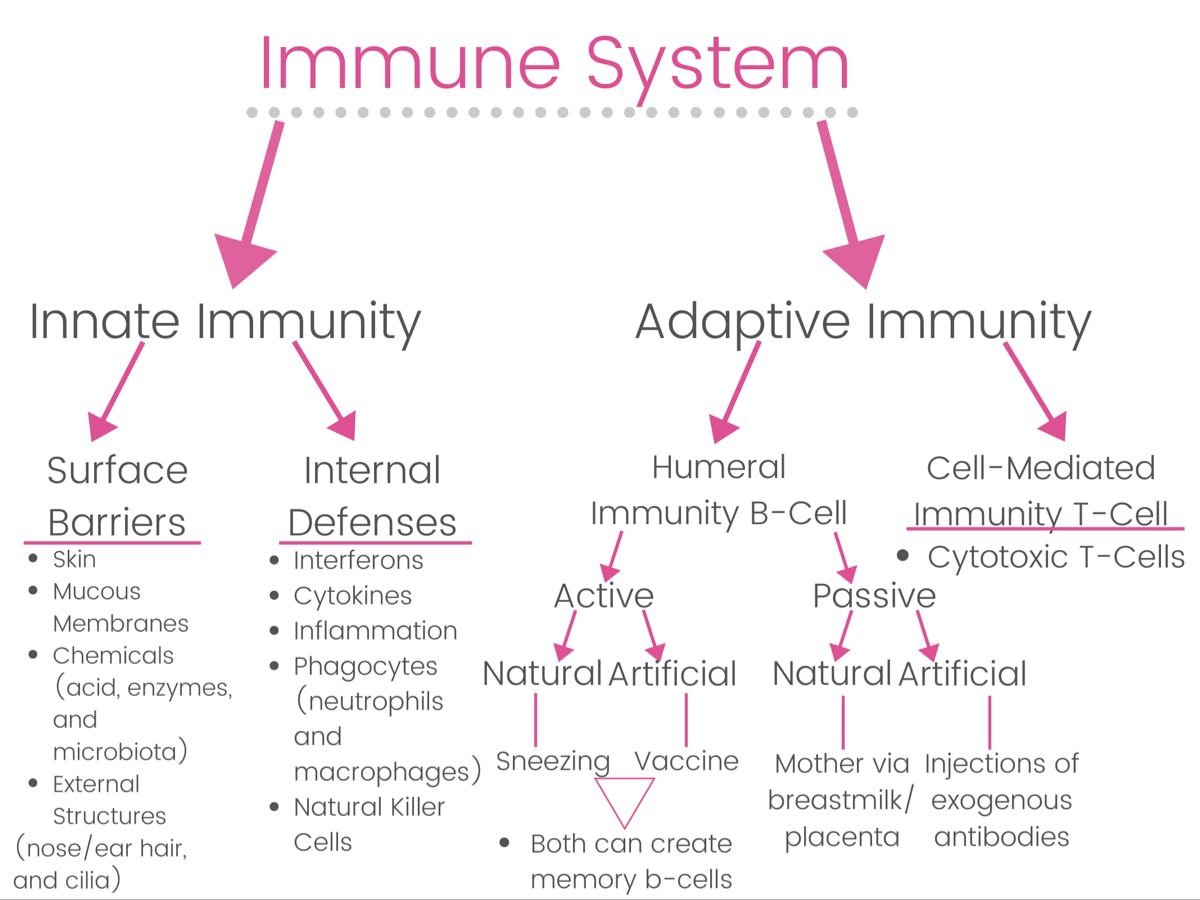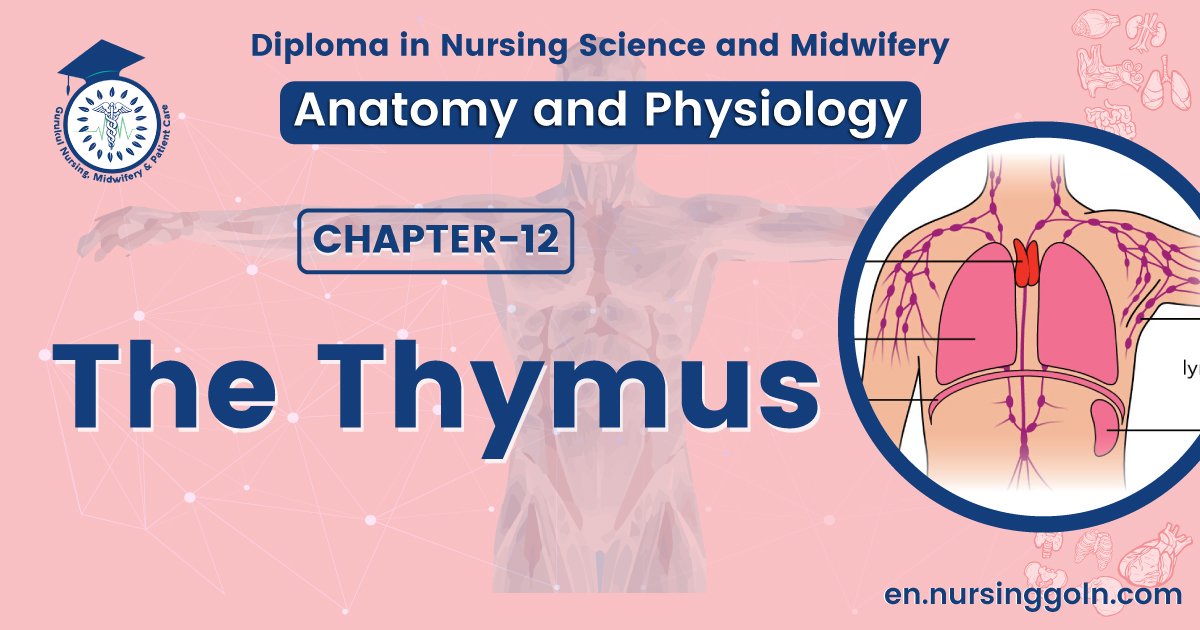The thymus-The course is designed for the basic understanding of anatomical structures and physiological functions of human body, musculoskeletal system, digestive system, respiratory system; cardiovascular system; urinary system, endocrine system, reproductive system, nervous system, hematologic system, sensory organs, integumentary system, and immune system.The aim of the course is to acquire knowledge and skills regarding anatomy and physiology.

The thymus
The thymus is a two-lobed organ located posterior to the sternum and medial to the lungs and superior to the heart. It contains large numbers of T cells and scattered dendritic cells (so named for their long. branchlike projections), epithelial cells, and macrophages.
Immature T cells migrate from red bone marrow to the thymus, where they multiply and begin to mature. Only about 2% of the immature T cells that arrive in the thymus achieve the proper “education” to “graduate” into mature T cells. The remaining cells die via apoptosia (programmed cell death).
Thymic macrophages help clear out the debris of dead and dying cells. Mature T cells leave the thymus via the blood and are carried to lymph nodes, the spleen, and other lymphatic tissues where they populate parts of these organs and tissues.
(Ref:- J. Tortora, 8h edition, P-436)

The immune system and immunity Classify immunity
The immune system includes all of the structures and processes that provide a defense against potential pathogens (disease-causing agents). Immunity is the ability to resist almost all types of organisms or toxins that damage tissues of the body.
These defenses can be grouped in two categories:-
- Innate (or nonspecific) immunity and
- Adaptive (or specific) immunity.
Although these two categories refer to different defense mechanisms, there are areas in which they overlap
- Innate (Inborn or nonspecific) immunity: Innate, or nonspecific, defense mechanisms are inherited as part of the structure of each organism. Epithelial membranes that cover the body surfaces, for example, restrict infection by most pathogens. It also includes various internal defenses, such as antimicrobial substances, natural killer cells, phagocytes, inflammation, and fever
- Adaptive/acquired (or specific) immunity: Adaptive (specific) immunity involves the production of specific types of cells or specific antibodies to destroy a particular antigen. An antigen is any substance such as microbes, foods, drugs, pollen, or tissue-that the immune- system recognizes as foreign (nonself). Normally, a person’s adaptive immune system cells recognize and do not attack their own tissues and chemicals. Such lack of reaction against self-tissues is called self tolerance.

Read more:
